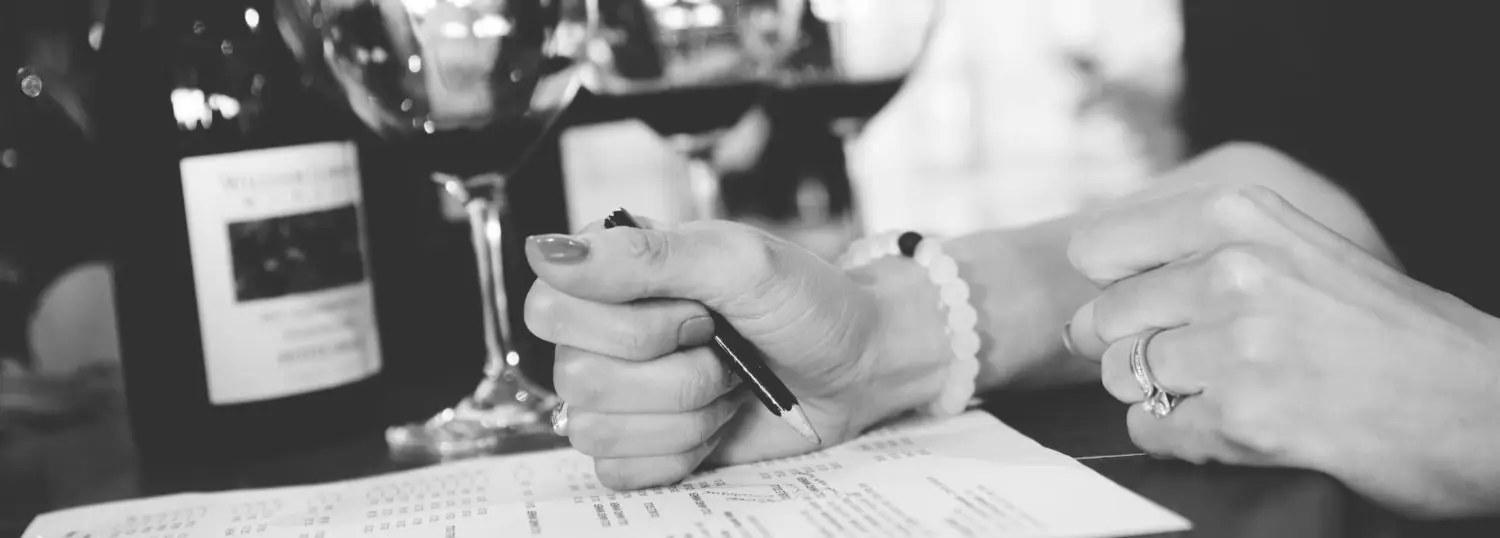I want to start with a brief statement about the New York Time’s piece that came out this week, revealing the testimonials of 21 female wine professionals who have been sexually abused by their male superiors. I can’t eloquently put into words all the feels I’ve been feeling since reading the article: sad, angry, hurt, betrayed, confused are just a few that come to immediate mind.
I am a woman who has always worked in male-dominated industries. Previous to becoming a part of the wine industry, before my career as a writer and editor, I was a professional fitness trainer. And even as a young person, student, child, the nature of my—I don’t know—attitude, personality, or something, is one in which I always found myself involved in things that are male dominant.
But I am one of the lucky ones. I am one of the lucky ones who have not been so brutally abused as the women in this article.
Liz Mitchell, Jane Lopes, Victoria James, Courtney Schiessl, Madeleine Thompson, Christina Chilcoat, Rachel van Til, Rania Zayyat, Ivy Anderson, Victoria James, Liz Dowty Mitchell, Alexandra Fox, J.R. Ayala, Courtney Keeling, Kate Ham.
I say their names because they deserve to be recognized for being strong in the face of adversity in its most disgusting form. For standing up when those who felt entitled enough to decide what these women were worth decided that they weren’t worth more than a body, a form, a thing to play with and throw away. For speaking up, not just for themselves, but on behalf of all women so things like this WILL NOT HAPPEN AGAIN.
I say their names because I am one of the lucky ones—but if one thing had been different, one decision made or not made, one circumstance shifted slightly, I may not have been that lucky. Would I have been strong enough to say something?
I’m not sure what will happen from here, but my hope is that we will evolve. Not just as an industry, but as a people. That from hearing these horrific things, maybe we can learn to respect each other. Maybe we can remember that Women’s Rights are Human Rights; Black Lives Matter; No Person is Illegal; Diversity Makes Us Stronger; Love is Love; and Kindness is Never Wasted.

(more…)





